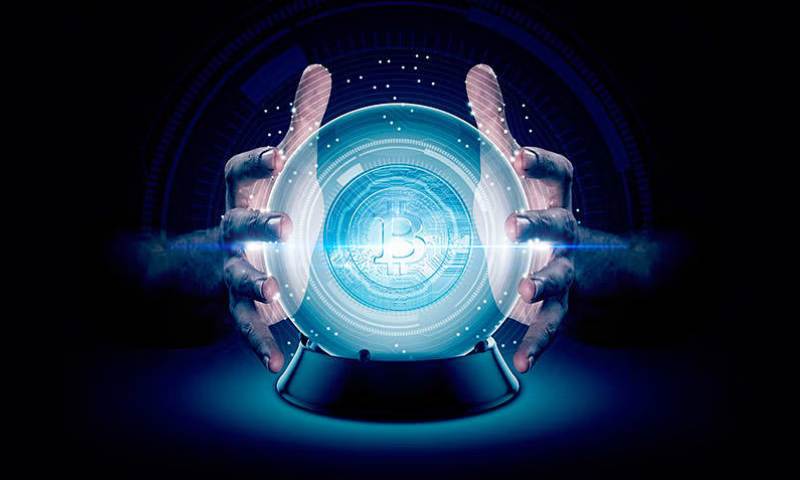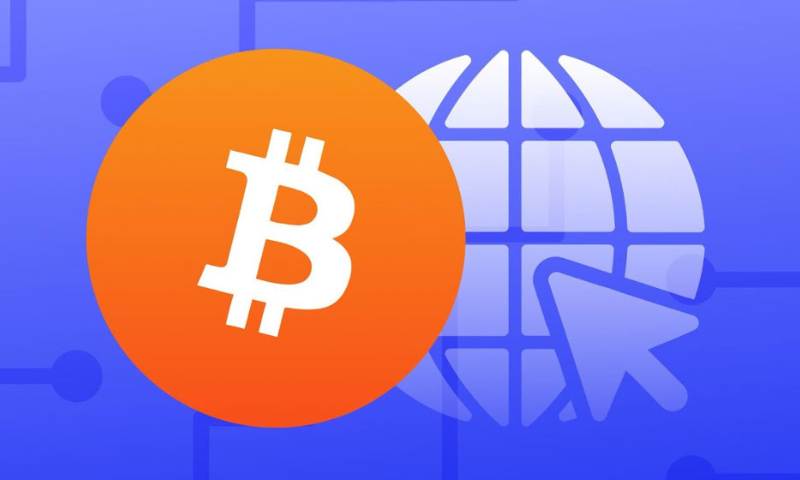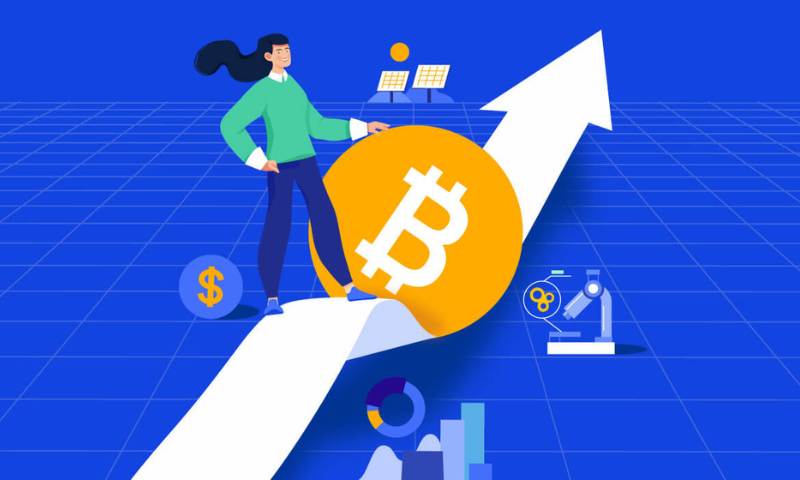Predictions about the future of blockchain security are a hot topic. What changes are we looking at? From hackers getting smarter to new tech shaping defense, the stakes are rising. We’ll dive into the latest threats and how advancing security keeps our digital assets safe. Are you ready to see what’s next on the digital horizon? Let’s explore this ever-changing landscape together and stay one step ahead.
Understanding the Evolving Threat Landscape in Blockchain Technology
The Rise of Quantum Computing and its Implications for Blockchain
Experts know quantum computers are coming. So what does this mean for blockchain? It could break the codes we use now. But here’s the good news: we’re working on it. New blockchain encryption advancements will fight these super machines. Think of this as an arms race in tech. Quantum may seem scary, but our blockchains will get tougher.
Decentralized security measures like multi-signature mechanisms make stealing a lot harder. These measures make sure many agree before a change happens. Hackers find it tough to trick so many. For every new tech like quantum, there’s a strong guard coming from blockchain pros.
Forecasting Future Blockchain Threats and Vulnerabilities in 2023
What’s coming for blockchain in 2023? Folks say smart contract safety could be a big deal. Why does this matter? Smart contracts handle money and deals with no middle man. Bugs here can mean big losses. So we predict tighter checks and more tests to keep our deals safe.
Another guard on the rise is zero-knowledge proofs. They let you share less but still prove you’re honest. Privacy wins, and hackers lose. We’ll see more of these smart ways to keep secrets in 2023.
Predicting future cryptographic trends in blockchain is like weather forecasting. We look at the cloud of data and guess tomorrow’s rain of threats. Right now, we’re seeing a shift. Jobs in blockchain security research are key. The more brains looking ahead, the less we’ll be caught off guard.
Blockchain security risks will grow. Yes, but so will our shields. The work doesn’t stop. My job is to keep loading up the arsenal with everything we need to fight the good fight. Welcome to the future; it’s secure and bright.
Advancements in Blockchain Security Measures
Integrating Next-Gen Encryption to Counter Emerging Risks
We’re seeing new ways to keep blockchains safe. As experts, we must stay ahead. Quantum computing is one such challenge. It’s fast and can crack codes we thought were safe. But here’s the good news. We’re working on even stronger encryption. This encryption fights off threats from powerful quantum computers.
Encryption changes info into codes to keep it safe. And it’s getting better. With advanced math, we create codes that even quantum computers can’t break. It’s like making a lock only you have the key to.
New strategies are coming up too. Take zero-knowledge proofs, for example. They let you prove you know something without revealing what it is. Imagine showing you have the key to a lock. Yet, no one sees the key. That’s how it works. It adds privacy and security to our blockchain dealings.
The Role of Decentralization in Reinforcing Security Protocols
Decentralization is a big word. But think of it like sharing your toys. Instead of one person holding everything, everyone holds a piece. This sharing makes blockchain hard to break into. It’s because there is not just one door to guard but many. And each door has a different guard.
This spread out setup makes blockchains secure. If one piece gets attacked, others still protect the whole. Here, the more, the better. More people keeping watch makes getting past them tougher.
For real safety, we need lots of checks. Say someone wants to change the blockchain. They need approval from many people first. This process is a safety net. It catches mistakes or bad moves before they hurt us.
Smart contracts are getting safer too. These are like deals that run themselves once set. They cut out the middle person. But, they can have bugs. Good thing is, we’re finding ways to make these contracts smarter and safer. We’re always looking ahead, fixing possible problems before they show up.
To keep the blockchain world safe, everyone has to help. We look for weak points and make them strong. We make sure rules are good and work for all. And we find new ways to be one step ahead of sneaky cyberattacks. In doing so, we’re writing the map for a safer digital tomorrow.
The Development of Blockchain Security Standards and Governance
Regulatory Impacts and Compliance in the Blockchain Ecosystem
New rules for blockchain are coming. Governments want to keep our digital world safe. This means they make laws that help protect us when we use blockchain. These laws are about keeping our information private and making sure no one does bad things with blockchain.
Blockchain is like a digital book that everyone can write in, but no one can erase. To keep this book safe, we need good rules, or “standards”. These are like promises that everyone agrees to follow. This helps us trust blockchain more.
For example, we have rules for how we write down who owns what. This way, our stuff on blockchain stays ours. It’s like having a lock on your online treasure chest. People who run blockchains have to check that their locks are strong. This is a law in some places now.
The future will have even more rules. They will make sure that everyone’s blockchain locks are super strong. This will help stop hackers from stealing things.
People making new blockchains have to think about these rules. They want everyone to feel safe using blockchain. It’s like building a playground where everyone knows they will be safe and have fun.
Pioneering Blockchain Governance Models for Enhanced Trust
We also need leaders in blockchain. They help make sure everything runs smoothly. These are our “governance models”. It’s like when kids make rules for their treehouse club.
One cool thing is “multi-signature” security. This means you need more than one key to open the lock. It’s like having a treasure chest that needs two keys. This makes it safer.
Zero-knowledge proofs are also important. They let you prove you know a secret without telling the secret. Imagine playing hide and seek, but you can prove you found your friend without showing where they are.
Blockchain has a new idea called “self-sovereign identity”. This means you are in charge of your own ID online. It’s like having a magic ID card that only you can show.
Blockchain leaders are always looking ahead. They want to make sure they know about any tricks hackers might try. They stay ready to protect our digital treasure chest.
In the future, we might see more ways to check who’s using blockchain. It might be like a digital fingerprint or face scan. This could make it even safer to buy things with digital money.
Remember, keeping blockchain safe is like being on a big team. Everyone has to do their part. We stay safe when we follow the rules and keep an eye out for each other. That’s how we make sure blockchain stays a fun and safe place for everyone.
Innovations and Investment in Blockchain Security
Spotlight on Emerging Blockchain Security Companies
New firms are tackling future blockchain threats head-on. They see blockchain vulnerabilities of 2023 as chances to shine. With fresh ideas, they work on making blockchain safer for everyone. These bright minds push blockchain encryption methods forward. They understand the risks quantum computing poses to blockchain.
These companies are not afraid to try new things. They use zero-knowledge proofs to protect our data. We trust them to set up new, tough blockchain security protocols. Their work helps us fight off blockchain hacking worries. Day by day, they help create a secure blockchain world for 2023.
Their brains track cryptographic trends in blockchain. They spot ways to make blockchain privacy even better. They think ahead about how rules might change things for blockchain. Security is their goal, and they stick to the best blockchain security standards for 2023.
They know we need to talk to each other across different blockchains safely. So, they build cross-chain security strategies that work. They watch for blockchain cyberattacks to keep us safe. These emerging security stars get investment to grow strong and smart.
The Strategic Importance of Security Audits and Risk Management
Security audits in blockchain are like health check-ups. They catch small problems before they get big. Experts comb through the system, seeking out weak spots that bad folks could use. These audits are a key part of enhancing blockchain security. They stop risks from becoming real problems.
When they assess risks, they ask: Could something bad happen? How bad would it be? How can we stop it? They aim to make sure blockchain can defend itself. To do this, they look at blockchain governance models. They suggest using more than one signature to keep things super safe.
This work makes blockchain strong. It means people can trust the system with their identities and money. These checks help blockchains meet tough rules. They keep blockchain fair and open. This way, blockchain can truly help everyone, keeping it safe and free for you and me.
So, let’s cheer on these bright minds. They teach us how to keep the digital world safe. We count on them for a future where blockchain is a safe place for all our important stuff. With their help, we stand ready for what comes next in the world of blockchain security.
In this post, we tackled the changing dangers in blockchain and how new tech like quantum computing could challenge its safety. We looked ahead, spotting possible weak spots in blockchain for 2023.
We touched on security boosts in blockchain, talking about fresh encryption and how spreading out control helps keep things tight. We also discussed setting rules and ways to run blockchain, highlighting how laws and new models build trust.
Lastly, we delved into the cash flow and fresh ideas pumped into blockchain safety. We shone a light on security firms on the rise and stressed why checking for risks matters tons.
Staying ahead of threats and beefing up defense keeps blockchain safe. It’s a game of smarts, and we must play it right. Let’s keep pushing for stronger security and trust in this tech space.
Q&A :
How is blockchain security expected to evolve in the future?
Blockchain technology is continually evolving, and its security measures are advancing as threats become more sophisticated. Experts predict the integration of advanced cryptographic methods, like quantum-resistant algorithms, to stay ahead of potential quantum computing threats. There’s also a strong emphasis on developing decentralized security protocols to further distribute and reinforce protection against centralized points of failure.
What are the emerging threats to blockchain security?
As blockchain platforms grow in popularity, they become more attractive targets for cyberattacks. One of the emerging threats is the rise of quantum computing, which could potentially break current cryptographic security. Additionally, there is a threat from the concentration of power within mining pools, which could lead to a 51% attack where a group gains control of the majority of the network’s mining power to disrupt the blockchain.
What role does AI play in the future of blockchain security?
Artificial intelligence (AI) is set to play a pivotal role in enhancing blockchain security. AI can be used to identify and react to security threats in real-time, providing dynamic and adaptive solutions to potential attacks. Additionally, AI systems can analyze patterns and detect anomalies that could indicate unauthorized or malicious activity on the blockchain network.
Can increasing blockchain adoption affect its security?
Increasing adoption can have a dual effect on blockchain security. On one hand, as more users join blockchain networks, the distributed nature of the system becomes more robust and difficult to compromise. On the other hand, wider adoption also means more potential points of vulnerability, especially if new users are unfamiliar with best practices for security. Ongoing education and easy-to-use security features will be key to maintaining security as adoption grows.
What are best practices for ensuring blockchain security?
To ensure optimal security of blockchain technology, adhering to best practices is essential. Some of these include choosing strong, unique passwords for wallet access, using multi-factor authentication, keeping software up-to-date, conducting regular security audits, and being aware of phishing scams. It’s also important for organizations to implement proper governance models and to collaborate with security experts to stay ahead of potential risks.
These responses are crafted to be informative and provide value to a user who might be querying “Predictions about the future of blockchain security.” Each answer maintains a focus on the optimization of keywords related to the query, while also ensuring readability and engaging content for the audience.


